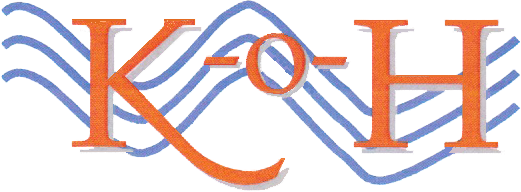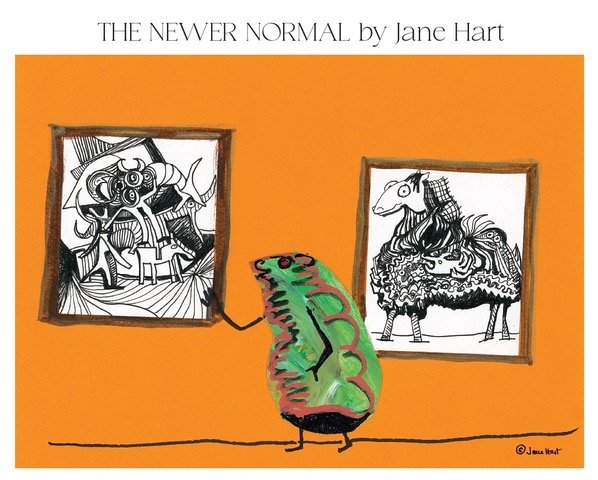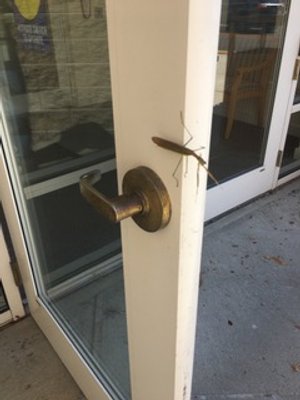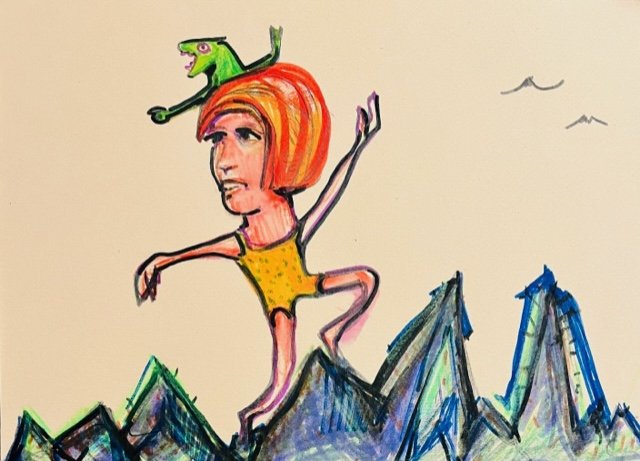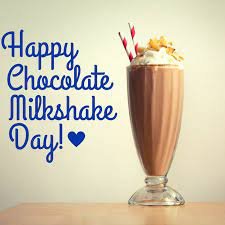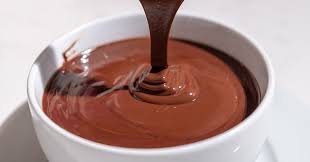Many of us have already heard about StoryCorp, the program where ordinary individuals tell their stories, their family’s story, or even a friend’s story. The story of StoryCorp is best told by StoryCorp itself:
“StoryCorps is committed to the idea that everyone has an important story to tell and that everyone’s story matters. Our mission: to help us believe in each other by illuminating the humanity and possibility in us all — one story at a time. Since our founding in 2003, we’ve helped more than 640,000 people across the country have meaningful conversations about their lives. These recordings are collected in the US Library of Congress and in our online archive which is now the largest single collection of human voices ever gathered. Since 2003, StoryCorps has built the largest collection of human voices ever archived — and we want to add yours. Our mission is to build connections, encourage compassion between people, and share stories, big and small. Have an incredible story to tell? Want to have a meaningful talk with someone important in your life? We’d love for you to join in and preserve your voice for future generations. It’s simple to get started! You and your partner can record a conversation either using StoryCorps’ self-directed recording tools or at one of the StoryCorps recording sites.”
Kendal resident Cathie Campbell is one of the more than half-a-million people who — with her friend and fellow artist Tony Gagliano — has taken advantage of StoryCorp so he could tell a story about his father. To hear Tony’s story, click on the picture below.
Interested in telling your — or a friend’s — own story? Check it out at storycorp.org.
Contributed by Cathie Campbell
